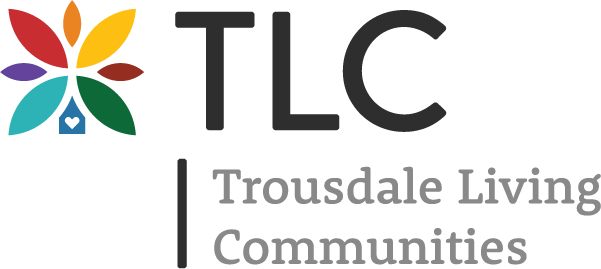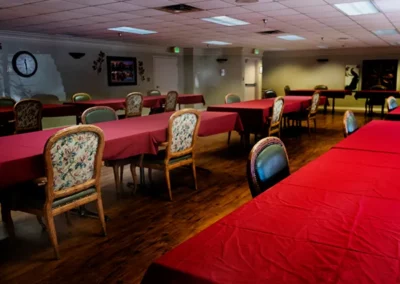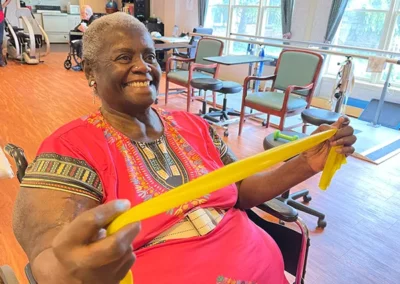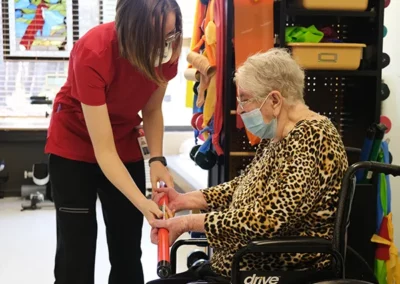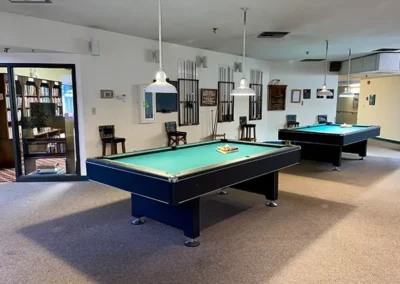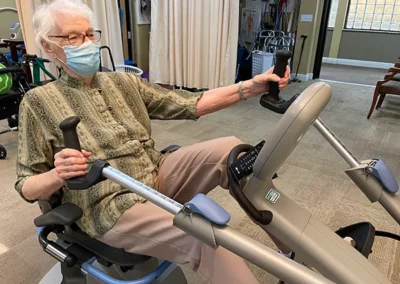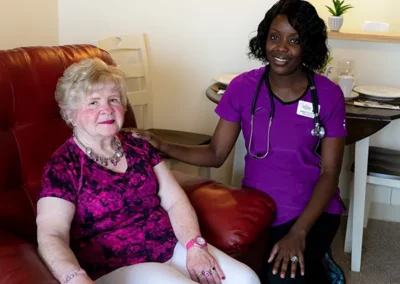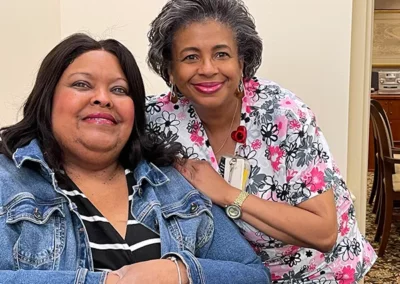Continuing Care/Retirement Services
Trousdale Living Communities Provides Skilled Care Services
Therapeutic or medicinal treatments performed by, provided by or administered by professional certified medical staff
AVAILABLE SERVICES VARY BY LOCATION
INDEPENDENT LIVING
This is for residents that can still live independently but enjoy having services, amenities or assistance when needed. Residents are provided with access to dining, entertainment, recreation, and activities, but can manage their regular daily routines with no or minimal assistance. Independent living is like living in your own home but with everything at your fingertips.
LONG TERM CARE
This level of care helps residents live as independently and safely as possible when they can no longer perform everyday activities on their own.
HOSPICE CARE
This level of care focuses on the comfort of the patient with a terminal diagnosis. In Hospice care, curative treatments for disease or illness cease, and staff focuses on the quality of life remaining for the patient.
ASSISTED LIVING
This is for residents who need some help with daily living activities such as bathing, dressing, medication, housekeeping, meals and other needs that do not require a nursing home. Our stimulating activities promote independence while our caregivers lend support, sincere caring and health services on an individual basis.
MEMORY CARE
This level of care is for people living with Alzheimer’s or other forms of dementia. Facilities providing this care level offer secure environments where patient health and behavior are monitored differently compared to Assisted Living.
PALLIATIVE CARE
This level of care is for people living with serious illnesses like cancer or heart failure. Patients receive medical care to treat the symptoms and treatment intended to cure their serious illness or disease.
RESPITE CARE
Patient drop-off to provide short-term relief (respite) for primary caregivers. It can be arranged for a few hours a day to several days or weeks. This can reduce stress for the caregiver and family and relieve feelings of exhaustion and frustration, allowing for improved relationships between the caregiver and patient.

